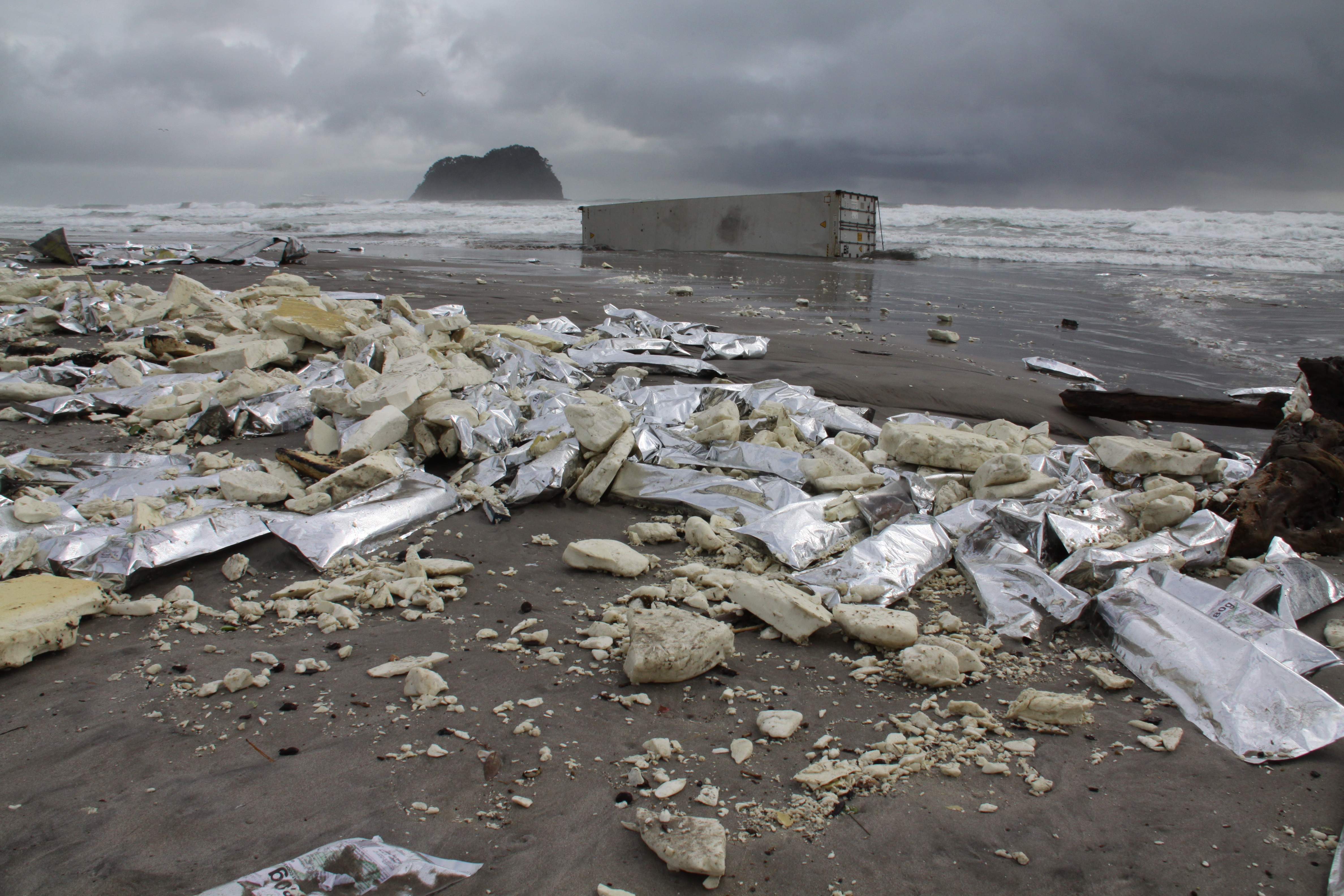The MV Rena wreck wasn’t just an environmental disaster; it also had a huge cultural impact on local Iwi (tribes). They were worried about the effects of the oil spill and debris on the environment, especially the health of the kaimoana (the Māori word for seafood).
Kaimoana is of great importance not only for sustenance and wellbeing, but also culturally and ceremonially. The grounding and pollution also had significant negative impacts upon the mauri (life force) of the Ōtāiti reef. In Māori culture, people share the mauri with their local environment. They are connected, and what affects one also affects the other.
Some of Rena was salvaged, but parts of the ship are still on the reef, effecting its mauri. Local Iwi feel the mauri will never be fully restored while the wreck remains on Ōtāiti, especially as it still contains pollutants that may be released. And others worry that trying to recover the wreck would cause further damage and risk lives. There is a sense that the environment is restoring itself by colonising the wreckage.
It’s a difficult issue. The mauri of Ōtāiti has been significantly diminished by the impact of Rena and by damage caused during the salvage operation. But there’s no agreement on whether it’s possible to restore it and, if so, how. Scuba divers say marine life is now flourishing around the wreck and tests found that Rena-related shellfish contamination was no longer an issue.
Despite the ongoing issues, in 2016, a government enquiry found that Rena could be left on the reef.
 Containers and contents litter the beach. Photo from Maritime New Zealand
Containers and contents litter the beach. Photo from Maritime New Zealand